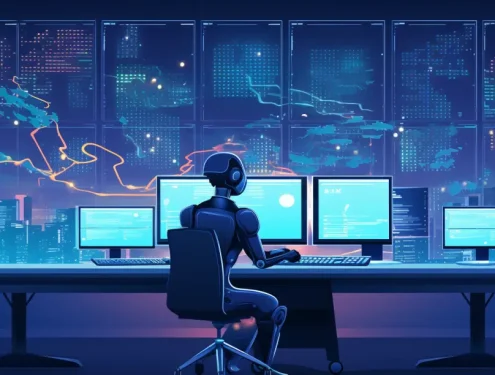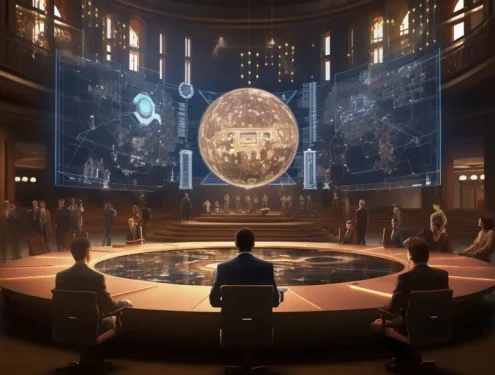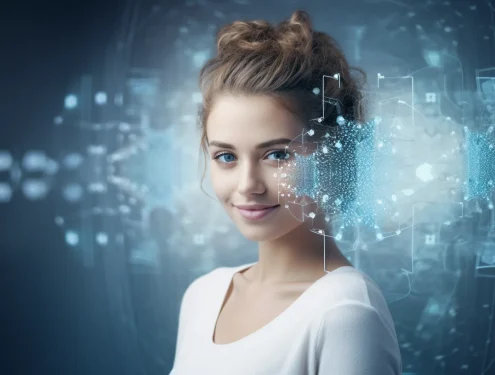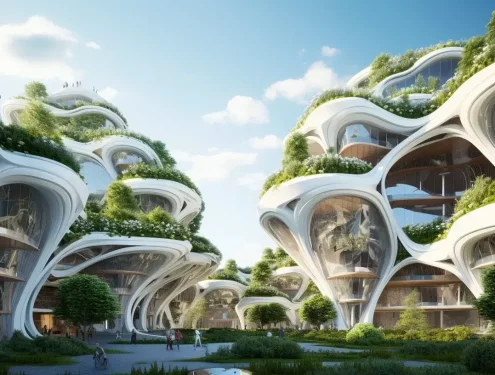
AI in Photo and Video Production Changing Industry Let’s explore the tools that can help you
AI in photo and video production is being used to improve every aspect of the process, from capturing images to editing them to sharing them online. Let’s explore the AI tools that can help you.
How AI is Changing Photography
One of the most significant ways that AI is changing photography is in the way that images are captured. AI-powered cameras can now automatically adjust settings such as exposure, focus, and white balance to create more visually appealing images. This is especially helpful for beginners who may not be familiar with the technical aspects of photography.
AI is also being used to create new and innovative ways to capture images. For example, AI-powered cameras can now be used to create 360-degree images and videos. This allows viewers to experience a scene from all angles, which can be very immersive.
How AI is Changing Videography
AI is also having a major impact on videography. AI-powered video cameras can now automatically track subjects, adjust exposure, and even color-grade footage. This frees up videographers to focus on the creative aspects of their work, rather than the technical details.
AI is also being used to create new and innovative ways to shoot and edit video. For example, AI-powered video cameras can now be used to create slow-motion footage that is incredibly smooth and realistic.
Examples of AI in Photo and Video:
- Adobe Sensei: Adobe Sensei is a suite of AI-powered tools that are used in a variety of Adobe products, including Photoshop, Lightroom, and Premiere Pro. Sensei can be used to automatically adjust images, remove noise, and even create realistic composites.
- Google Photos: Google Photos uses AI to automatically organize your photos, suggest edits, and even create animations and collages.
- Snapchat: Snapchat uses AI to create a variety of augmented reality (AR) features, such as lenses that can change your appearance or add virtual objects to your surroundings.
- Skylum Luminar: Skylum Luminar is a photo editing software that uses AI to automate many of the tasks involved in photo editing. This includes features such as AI Sky Replacement, which can automatically replace the sky in your photos with a new sky, and AI Portrait Enhancer, which can automatically enhance the details in your portraits.
- Neat Video: Neat Video is a noise reduction software that uses AI to reduce noise in your videos. This can be a great way to improve the quality of your videos, especially if they were shot in low-light conditions.
Here are a few of the ways that AI in photo and video production can impact in the future:
- AI-powered cameras will become even more sophisticated. AI-powered cameras will be able to automatically capture images and videos in a variety of different conditions. They will also be able to learn the photographer’s preferences and adjust their settings accordingly.
- AI-powered editing tools will become more powerful. AI-powered editing tools will be able to make complex edits to images and videos with just a few clicks. This will make it easier for photographers and videographers to create professional-looking images and videos without having to spend hours in post-production.
- AI will be used to create new and innovative ways to capture and share images and videos. AI will be used to create new and innovative ways to capture and share images and videos. For example, AI could be used to create augmented reality experiences that allow users to interact with images and videos in a new way.
Here are some of the potential benefits of AI in photo and video production:
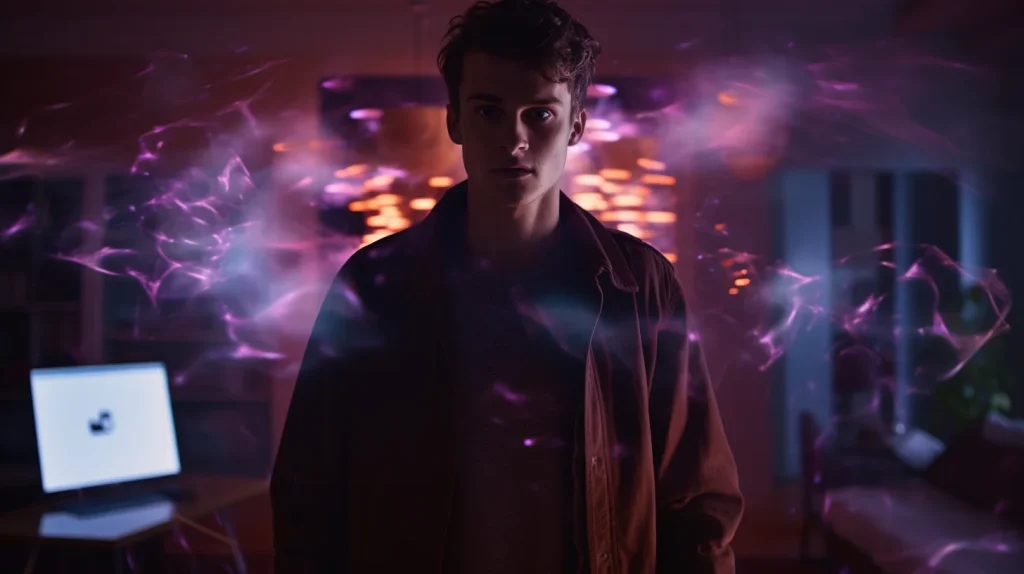
- Increased creativity: AI can help photographers and videographers be more creative by automating tasks and providing new tools and techniques.
- Improved quality: AI can help improve the quality of images and videos by reducing noise, sharpening details, and correcting color.
- New possibilities: AI can open up new possibilities for photography and videography, such as creating virtual reality and augmented reality experiences.
However, there are also some potential challenges to consider:
- Bias: AI algorithms can be biased, which could lead to discrimination in the way images are processed.
- Privacy: AI algorithms can collect and store a lot of data about images, which could raise privacy concerns.
- Cost: AI-powered tools can be expensive, which could make them inaccessible to some photographers and videographers.
Conclusion
AI is rapidly changing the world of photography and videography. AI-powered cameras, editing tools, and sharing platforms are making it easier for anyone to create stunning images and videos. As AI technology continues to develop, we can expect to see even more innovative and creative ways to capture and share the world around us.


